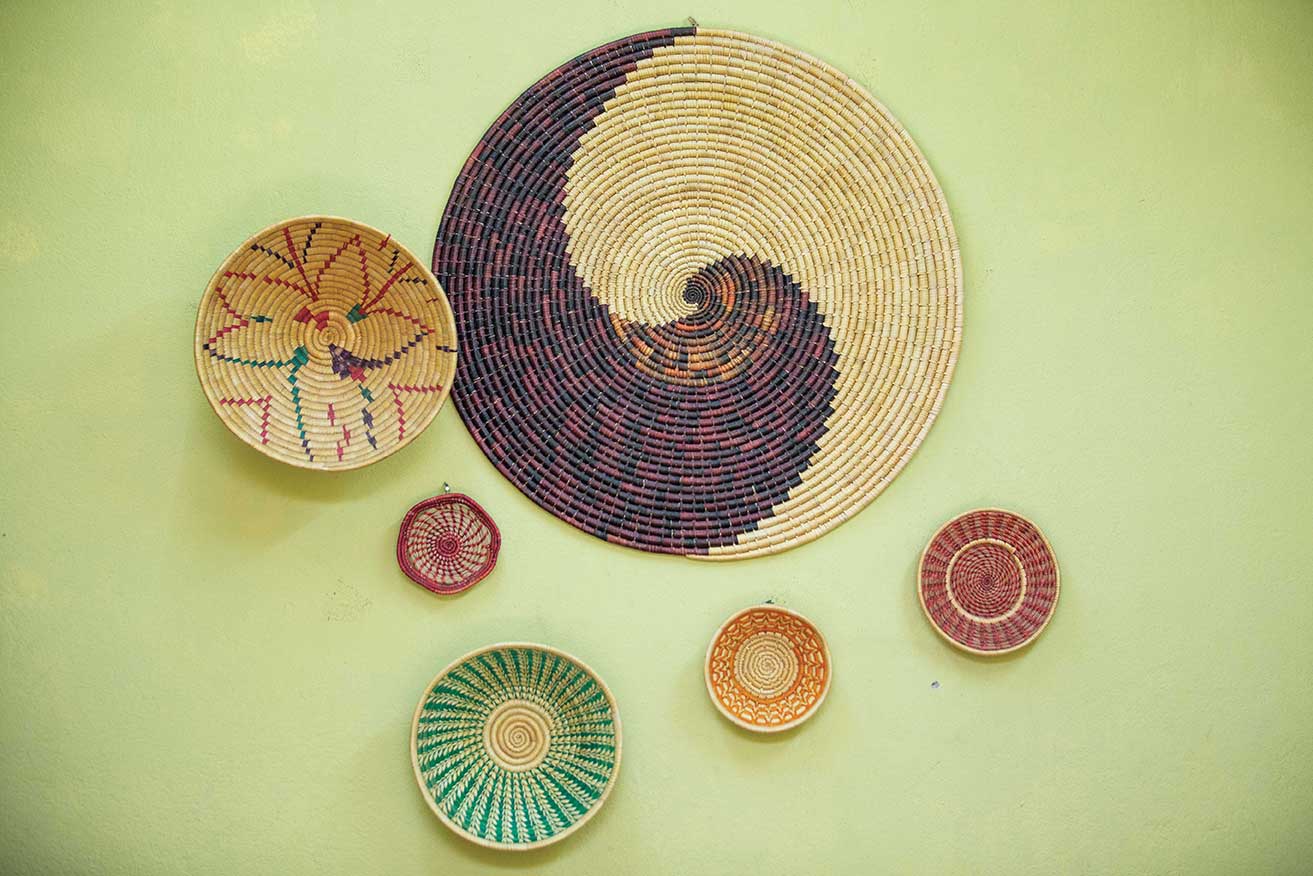In her award-winning book, On the Edge of the Auspicious,Mary S. Cameron focuses on a “little-understood” group in South Asian ethnographic studies lower caste Nepalese women. Although people of “low” caste are found throughout most of Nepal, they have, unlike the upper caste Bahuns) and Chhetris, received little scholarly attention. Cameron travels to far western Nepal (Bhalara in the Bajhang District) to study the lives of the low-caste artisans and farmers of the region.
The book is divided into the following eight chapters: 1. Situating Low-caste Women, 2. Patronage, Land, and Farming, 3. Labor in the Himalayas, 4. Low-caste Women’s Artisan and Domestic Work, 5. Narratives of Honor and Sexuality, 6. Demystifying the Gift: Low-caste Marriage and Kinship, 7. Bearing the Jat: Childbirth and Motherhood. 8. Reconfiguring Gender through Caste.
While the book tries to understand and explain the vulnerability of low-caste women, who are subject to both caste and gender discrimination, it also makes the case that although women of lower caste are considered “ritually impure” and can never achieve “high status in Hinduism’s main prestige system”, they possess significant social autonomy and greater economic power than upper caste women. Women of lower caste move freely through the village, are public entertainers, and are even permitted to remarry after the death of their husbands. Their social autonomy is accompanied by the freedom to earn wages in many forms – cash, in kind, daily, seasonal, and patron-client. This is in marked contrast to the high-caste woman whose sense of family honor restricts social mobility and diminishes her role as a worker. An upper caste woman is largely restricted to the confines of the home and by her roles as mother and wife. At the most, she may be allowed (sometimes required) to help in the family’s farm but she is rarely economically independent.
The chapter “Situating Low-caste Women” contains an illuminating discussion of the relationship between gender and caste. Ethnographers agree that gender is as much a social institution as caste and have consistently drawn our attention to their “constructedness”. Cameron makes the important point that it is not enough to state, as Ortner and Whitehead have done: “gender and caste are different manifestations of the same principles”. She goes on to argue that while both high-caste and low-caste women are considered equally impure in their bodily functions (during their menstrual and childbirth impurity, high-caste women are also considered chau or jutho, i.e, untouchable), lower caste women enjoy a higher status in relation to their men. Gender is different among the castes. One “misleading” image of the lower caste woman has been that their greater parity with the husbands is due to their equal caste impurity. The ethnographic data from Bhalara does not support this argument. Rather, parity with men and low-caste women’s autonomy and domestic power, says Cameron, “come from their real and recognized economic contribution to the household, the lack of land and its associated patrilineal/patriarchal ideology in low-caste families, and low-caste women’s religious roles. They are more explicitly valued and valued differently within their group than are women of upper castes”.
On the Edge of the Auspicious is an important and fascinating book. It demands and rewards patient and attentive reading. It will be of interest not only to ethnographers, scholars, and students, but also to those who are interested in reading a well-researched study of a relatively less known aspect of Nepal’s social and cultural life.
(Book Courtesy: Mandala Books; Publisher: Mandala Publications; 284 pages Price: NRs 475/-)











